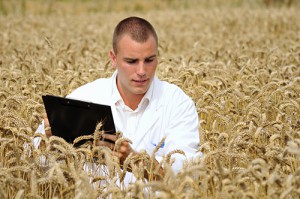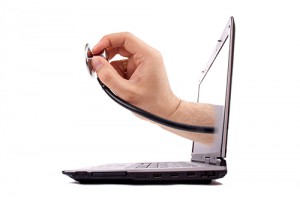 New medical products and apps introduced at the recent Consumer Electronic Show Digital Health Summit (CES) present a lot of promise for keeping us healthy and safe. Often overshadowed by tech gadgets such as new cars and new artificial intelligence products, it’s time to give the medical developments their day in the sun.
New medical products and apps introduced at the recent Consumer Electronic Show Digital Health Summit (CES) present a lot of promise for keeping us healthy and safe. Often overshadowed by tech gadgets such as new cars and new artificial intelligence products, it’s time to give the medical developments their day in the sun.
Pathway Genomics OME
The Pathway OME app is powered by IBM Watson and is a comprehensive app that collects personal health information from a variety of sources including electronic health records, data from health monitoring devices, and even a DNA sample. From this data, the app will give you advice or alert you to potential health issues. Through the IBM Watson’s data intelligence power you can receive personalized information on potential interactions with food and drugs or receive a custom diet and exercise regimen.
Wisewear
Who says that health and safety monitoring can’t be fashionable? Wisewear makes a fashion bracelet that monitors vital statistics and acts as an emergency beacon. When you think you are in danger or need help, tap the stylish bracelet three times and it will connect with your phone to send out text alerts, including your location, to friends. This is a great marriage of form and function.
Quell
Neurometrix makes a pain management device that is drug free and monitors and counteracts chronic pain 24/7. This is an electrode that is worn on the upper calf just below the knee and delivers a signal that blocks pain neurotransmitters throughout the body. It counteracts pain from arthritis and other musculoskeletal issues and allows the wearer to enjoy work and activities. It synchs with a smartphone app to deliver a profile of your pain management. It is adjustable and easily rechargeable. My father used to connect leads to a voltage generator to help ease his arthritis pain. I realize now that he was just ahead of his time, although maybe his system was not quite as elegant.
Mimo
The Mimo Smart Baby Monitor uses very low voltage sensors built into a baby sleeper to deliver information about breathing, movement, and sleep/wake patterns to a smartphone app. This, in theory, lowers stress for new parents and allows them to sleep better. The same information is also available to other smartphones if a parent has to be out of town but still wants to track their baby. Definitely a quantified life right from day one.
Resound
Enzo hearing aids from Resound combine advanced technology with a sophisticated smartphone app that lets you fine tune your hearing to different conditions. Whether you find yourself in a crowded noisy room or in a quiet place trying to hear a soft voice, the app lets you discreetly adjust your hearing aids. You can also couple them to your smartphone to listen to music or voice directly through your hearing aids.
Thoughts
The health technologies displayed at CES this year are designed to help us be active, healthy, and safe and provide the capability to monitor and assist those we love.
Did you see any extraordinary products at CES this year? Let me know what caught your eye.
Kelly Brown is an IT professional and assistant professor of practice for the UO Applied Information Management Master’s Degree Program. He writes about IT and business topics that keep him up at night.





